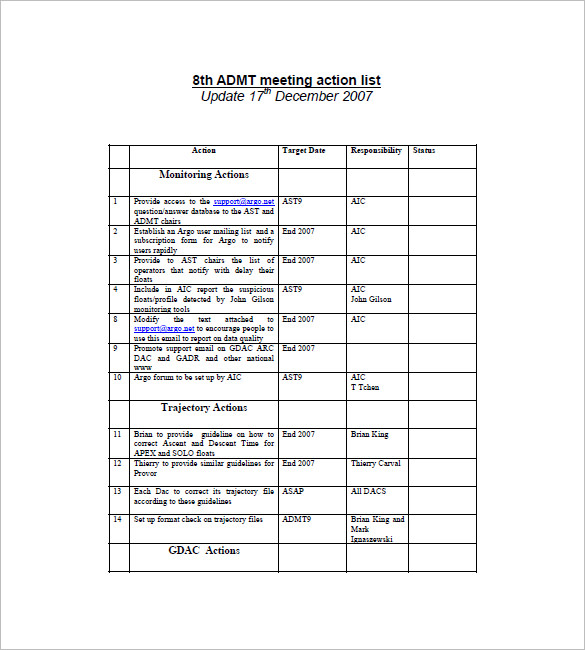

- Validation action list installbuilder license key#
- Validation action list installbuilder .exe#
- Validation action list installbuilder install#
- Validation action list installbuilder serial#
- Validation action list installbuilder archive#
A MSIX package can be uploaded to the Microsoft store, or offered as direct download (sideloading), e.g. A MSIX package is just a zip package with your application files and some configuration XML files. MSIX ( official docs) is an universal package format supporting Desktop, mobile and all other Windows 10 devices – in other words: UWP apps as well as traditional Win32 desktop applications.
Validation action list installbuilder .exe#
exe file which installs the MSI file under the hood. Most MSI-based installer authoring tools let you create a wrapper.

You can find a very good technical summary here. Microsoft SCCM to run remote deployments. MSI offers a standardized installation (and GUI) experience, a very high robustness and it integrates better into the Microsoft ecosystem, e.g. MSI installers have a number of advantages over exe-based installers. You can provide your application files and where they should be copied to, customize the dialogs (to a certain degree), manipulate the registry, run custom actions, and much more.

The MSI format specification lets MSI package authors customize a plethora of options.
Validation action list installbuilder install#
Back in the day, it was only used by Microsoft to install and update their own applications (such as Windows update packages), but it is now in active use by third parties (like you) to create installation packages for their own applications. Windows Installer is present on all modern Windows installations by default. MSI-based installersĪn MSI file is a container format whose content is interpreted by Windows Installer ( msiexec.exe). Typically, there is a sequence of dialogs windows (sometimes called “installation wizard” or “installation assistant”) which guides you through the necessary steps. This includes copying files, registering DLLs or services, manipulating the registry, or setting up an uninstaller. They perform the necessary steps to install your application. Exe-based installersĮxe-based installers (e.g. Install builders are typically GUI applications that let you define the files to package, the menu entries you want created, allow you to define registry keys, and much more.īefore we get into a comparison of install builder products, let’s understand which three basic installation techniques exist. To create such installers, there are products called install builders, setup builder, or similar, which support developers with creating installers.

on the desktop or in the start menu), copies files to various places on the user’s disk, and provides an uninstaller to cleanly remove your application. The installer configures shortcuts to your application (e.g.
Validation action list installbuilder archive#
While very simple applications may get by with just bundling everything in a zip archive (“portable app”), it is more common and user-friendly to offer an installer, sometimes also called setup. The very first problem you need to solve is packaging. This article is not a detailed tutorial, but rather a high-level overview of your choices and available technologies. The following sections will provide pointers that help you answer these questions.
Validation action list installbuilder license key#
a license key that offers free auto-updates only for minor version updates, or only for a specific time period. There might also be dependencies between the license key and distribution / auto-updates, e.g. where the key dictates that a few specific features of your application are disabled, but everything else works). a key is either valid or invalid), or very fine grained (e.g. – the permission model might be very crude (e.g.
Validation action list installbuilder serial#


 0 kommentar(er)
0 kommentar(er)
